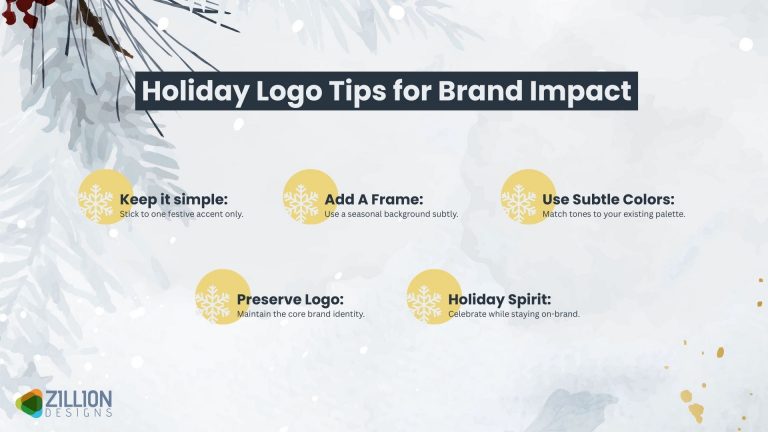Just think about this for a moment. How many apps do you use throughout the day? Probably, eight to ten. Now, this includes app usage for social media browsing or tracking productivity. It wouldn’t be wrong to say that in one way or another, we all rely on apps to streamline tasks, communicate with each other, build networks, and shop online. The rapid growth in usage has led to more opportunities for mobile app development for businesses.
It was predicted that more than 300 billion apps will be downloaded by users in 2023. Now, this was a big number.
While this number shows positive growth in the industry, it also shows that the competition is quite tough for designers and businesses. To grab the attention of a user and convince them to download your app, you need to focus on functionality and visual design elements. This includes the logo which can be created with an AI logo maker, CTAs, images and navigational layout.
Now, both those factors depend on the UI and UX elements. That’s why designers have to pay a lot of attention to the user interface design and user experience. Before you start developing an app, there are a few aspects that you should consider.
What To Know For Mobile App Development
It is important to understand that developers and designers have to work together to create a good user experience for the audience. While the design team is usually responsible for user engagement and simplifying the process of navigation for them, the developers focus on building a system for converting visitors.
To create an app that people want to download and use for a long time, you need to optimize UI and UX elements. Just take a look at the eCommerce app design below.
Image Source: dribbble.com/Taras Migulko
This is how you can improve the user experience for your target audience and increase downloads too. You can also take inspiration for mobile app design from popular apps in your industry.
Consumers today, expect apps to load within seconds and take them from one point to the other instantly. To develop a user-friendly and interactive mobile app for business, you have to create a plan or strategy. Here’s how you can do that:
Extensive Market and User Research
Determine the Goals and Purpose of the App
Find Tools for Designing Visuals, Videos and Screens
Build A Wireframe for UX
These factors can help you with mobile app development for business. With market research, you could analyze what the competitors have done and locate your audience as well. Establishing goals will help you figure out what problems the application can solve for potential customers.
You can look for different tools to add product photos, sliders or icons on multiple screens. It’s also a good idea to find professionals to integrate visual elements within the app. To create a logo design that is versatile and recognizable, collaborate with a designer who can help you achieve the desired results.
When it comes to providing a smooth UX and clarifying goals, wireframing can give you an insight into the consumer journey and how people are likely to interact with different elements. It includes the number of tabs, categories, login page and checkout as well.
How to Develop a Mobile App For Business
When it comes to mobile app development for business, there are quite a few factors that you should keep in mind. Let’s get started with our guide!
Minimize Processing Load
Most people will likely move away from the app if they have to look through and process a lot of information at once. It’s why you should focus on following a similar pattern across all the screens or pages and simplify the navigation. This makes it easier for viewers to process the text, visuals and features in a short time. It is also a good way to prevent them from getting overwhelmed the first look.
To design mobile app UX that users will love, you need to get rid of all the clutter and go minimal. If you take the example of the design here, you will see how the layout for the home screen is minimalistic and tells users what action to take.
The hamburger menu on the side can direct people to various categories and help them choose a food item.
Image Source: dribbble.com/App Innovation
Clear User Interface
The UI or interface design is about how your application will look. When working on mobile app development for business, this is one of the first things that you should pay attention to. It’s also connected to the user experience as people will interact with the element they can see and browse through different pages or screens. For UI design, you need to keep things as simple as possible. Reduce the clutter on the home page and every category that is included in the app.
Think of it this way. If there are a lot of elements that people can view when they interact with the app, it might get confusing for them. To keep them on the app and convince them to download it, you need to remove the clutter and incorporate a familiar pattern of buttons on the home screen. You can add ample white space and create brief headlines that tell potential customers what the business is offering.
Look at some of the latest UI trends in app design to integrate navigational features that keep the users on the platform for a longer time.
Prototyping
It is another important development stage that can make it easier for you to test the application and fix bugs or errors before launch. Building a prototype allows you to understand how the platform will solve problems for users and improve conversion rates. This is slightly different from wireframing as you get to see the functionality of the app and look at the final design results too. Prototyping can cover both UI and UX elements.
You can look at the windows, visuals, navigation bar and checkout process as well. It will provide an insight into what users may prefer and the elements that could appear confusing or overwhelming. With a prototype, you can also run a usability test and get feedback from a focus group or other members of the development and design team.
Image Source: evertop.pl
Check Display Text
For app development, you need to consider all types of screen sizes and resolutions. Some people have a smaller screen than others and the application has to be accessible to everyone. It is a good idea to check readability and make sure that the headline and category text is visible in different sizes. Keep the important messages in bold and include short or brief content that conveys what people can get.
This is one of the features that determine UX or user experience. To create a good one, you should make sure that people understand the product descriptions, pricing and features before making a purchase.
If the text or typography is unclear, you may lose out on potential customers and find it challenging to increase app downloads. Similar to how web design shapes user perception, the navigation on apps also makes an impact on potential customers.
Now, take the example of the app design below. Users can see add filters to their search and find the option quickly. The white space adds to the readability of the text and makes it easier for them to browse through the information too.
Image Source: dribbble.com/Misbah Ahmed
Focus on Interactive Areas
In mobile app development for businesses, it’s important to pay attention to how a wide audience interacts with their smartphones. There are a few interactive zones such as the home screen buttons or downward scrolling that are common with most users. It is a good idea to focus on such areas or sections so that people can act quickly.
Keep the iOS and Android OS guidelines in mind as well. This will make it easier for you to add buttons that can be reached quickly. Many people use their thumbs to swipe or scroll through apps. So you need to include CTA’s in areas that simplify the navigation.
Image Source: philwijs.medium.com
Wrapping Up
This is the ultimate guide to mobile app development for businesses. If you are looking to launch a platform for an eCommerce business, for example, you should keep all of the factors mentioned above in mind. Make sure that you get a professionally designed website beforehand so potential customers can find more information about your business or brand. Think of your visual brand assets as well so that its easier to create recognition and awareness with the app icon.
Once you have crossed these off the list, you can start designing or working on developing your mobile app for m-commerce or networking.
The post The Ultimate Guide to Mobile App Development for Business appeared first on ZD Blog.



